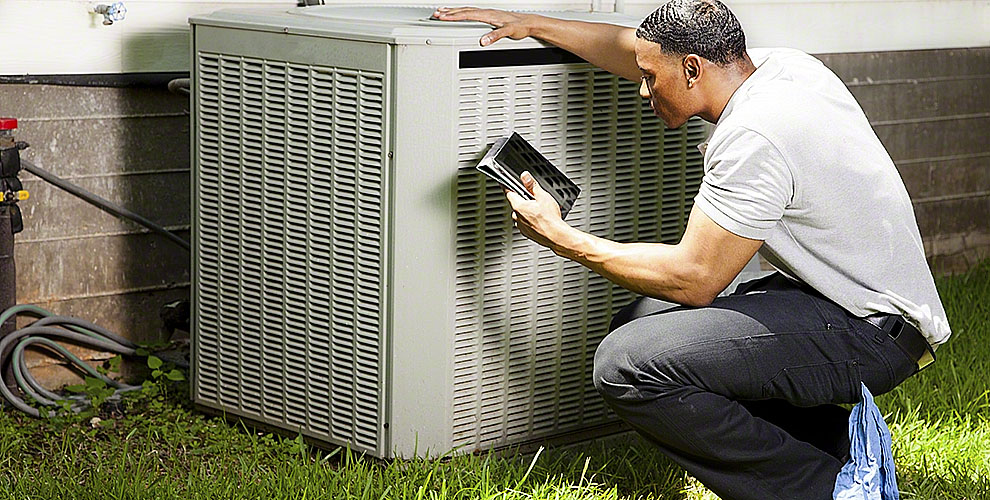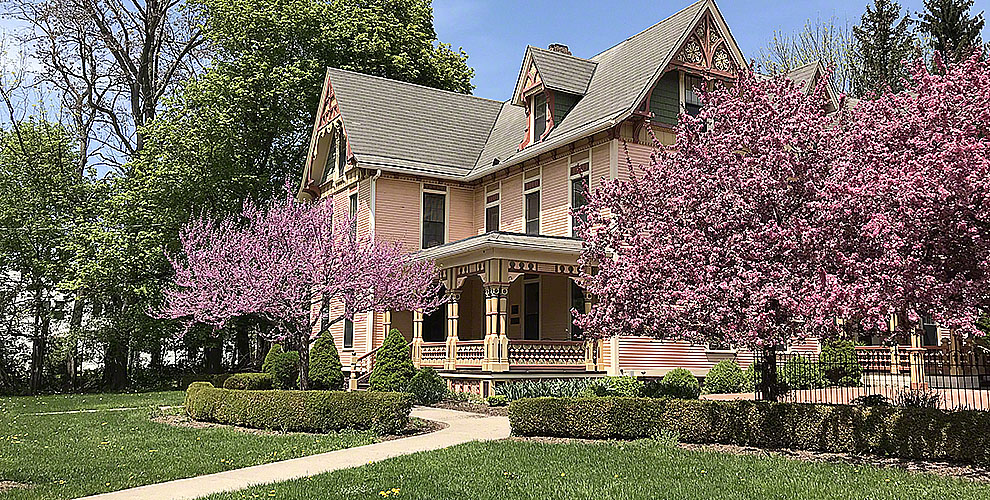The evaporator coils produce condensation during the cooling process. This water is directed to the condensate drain lines that take the water to the floor drain outside the house. Clogs in the condensate drain line can cause water leakage. You can hire air conditioner repair services for checking your AC and determine the cause of the leak.
However, before calling in a professional, you can check the condensate drain line and remove dust and debris from it.
Vacuuming AC Drain Lines
Mostly, you don’t need to replace the drain line of the AC if it’s clogged, you can use a vacuum cleaner to suck out debris and dust buildup inside the lines.
- To get started, turn off the AC and also switch off the breaker that powers your air conditioning unit. Look for a breaker box in the garage, basement, storage room, or ground floor of your home. If you don’t know which switch off the breaker is powering the AC, try turning on and off multiple switches one by one to determine the switch for the AC.
- Find the drain line’s end that’s outside your house. It can be near the condenser unit. Look for a PVC pipe. Rarely, an AC drain can be located in the bathroom or somewhere else inside the house near a floor drain.
- After locating the drain line, remove any obstruction that may be blocking water from the pipe to drip down the drain.
- Open your vacuum and remove the paper or cloth filter. This will keep the filter from damage caused by water. Plus, you won’t need to clean it post the cleaning of the drain lines.
- Connect the opening of the drain line and the hose of the vacuum. Try to overlap the vacuum hose on the drain line’s end or insert it into the drain line if the diameter of the vacuum hose is too small.
- Use a cloth to wrap around the joint you made and tie it if you can. Or you can wrap a cloth on the joint and then hold it tightly with one hand or tape it with duct tape to keep air from releasing through the joint.
- Use the high setting of the vacuum to turn it on. Keep it on only for 5 seconds. Turn off the vacuum after this, and check the waste bin of the vacuum if it removed the debris that was causing the clog. If you don’t see any waste in the bin, run the vacuum again for 5 seconds.
- Keep repeating the above step till you’re sure that the drain line is unclogged.
- Remove the duct tape and the cloth.
Bleaching AC Drain Lines Every Spring
- Mold and algae growth can clog your AC’s drain line as well. So, you should bleach the pipes once every spring to prevent mold growth.
- Turn off the AC and switch off the power to the AC from the breaker. This is to eliminate the risk of electrocution.
- Look for a T-shaped PVC pipe outside of the house that will be coming out of the wall. It will be the access hold of the AC’s drain line.
- Remove the cap of the pipe and vacuum it for removing clogs. Instruct someone to observe the exit point of the drain line when you pour bleach into the pipe. Place a bucket under it. If nothing comes out of the drain line, it’s clogged and you should vacuum it first.
- Pour about 230ml of liquid bleach into the T-shaped hole. You can use a funnel or anything else of pouring bleach into the pipe.
- Let the bleach and anything with it come out of the endpoint of the drain line.
- Put the cap of the T-shaped pipe back on.
- Perform this every spring to remove mold and algae from the pipe and also prevent their buildup inside the drain line.
Conclusion
Drain lines of air conditioners can clog up. Clogs in the drain lines can cause water leakage and inefficient cooling of the AC. Therefore, remove the clogs using a vacuum and bleach it once a year. If the leakage doesn’t stop after unclogging the drain line, consult an HVAC repair service Stony Brook.


